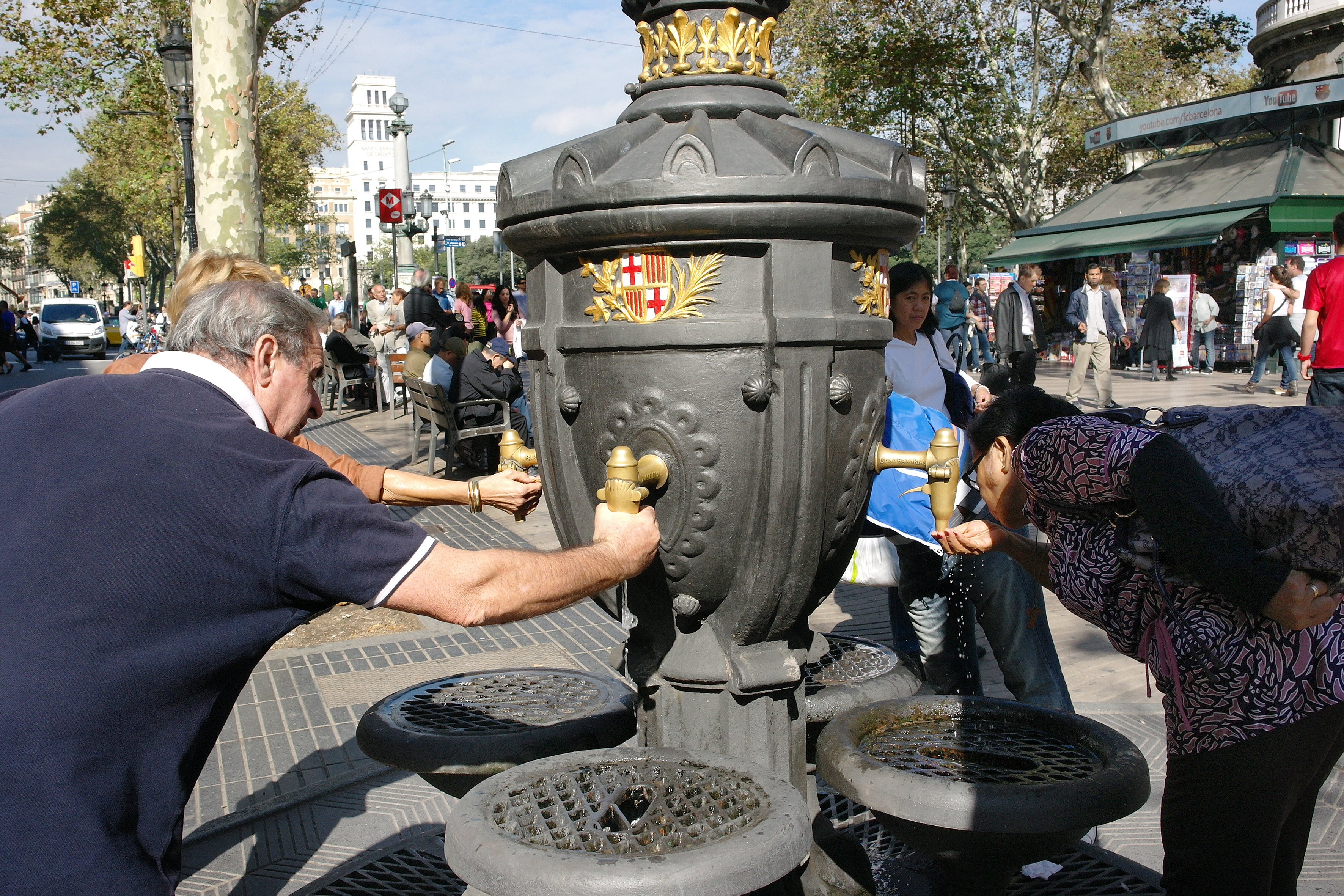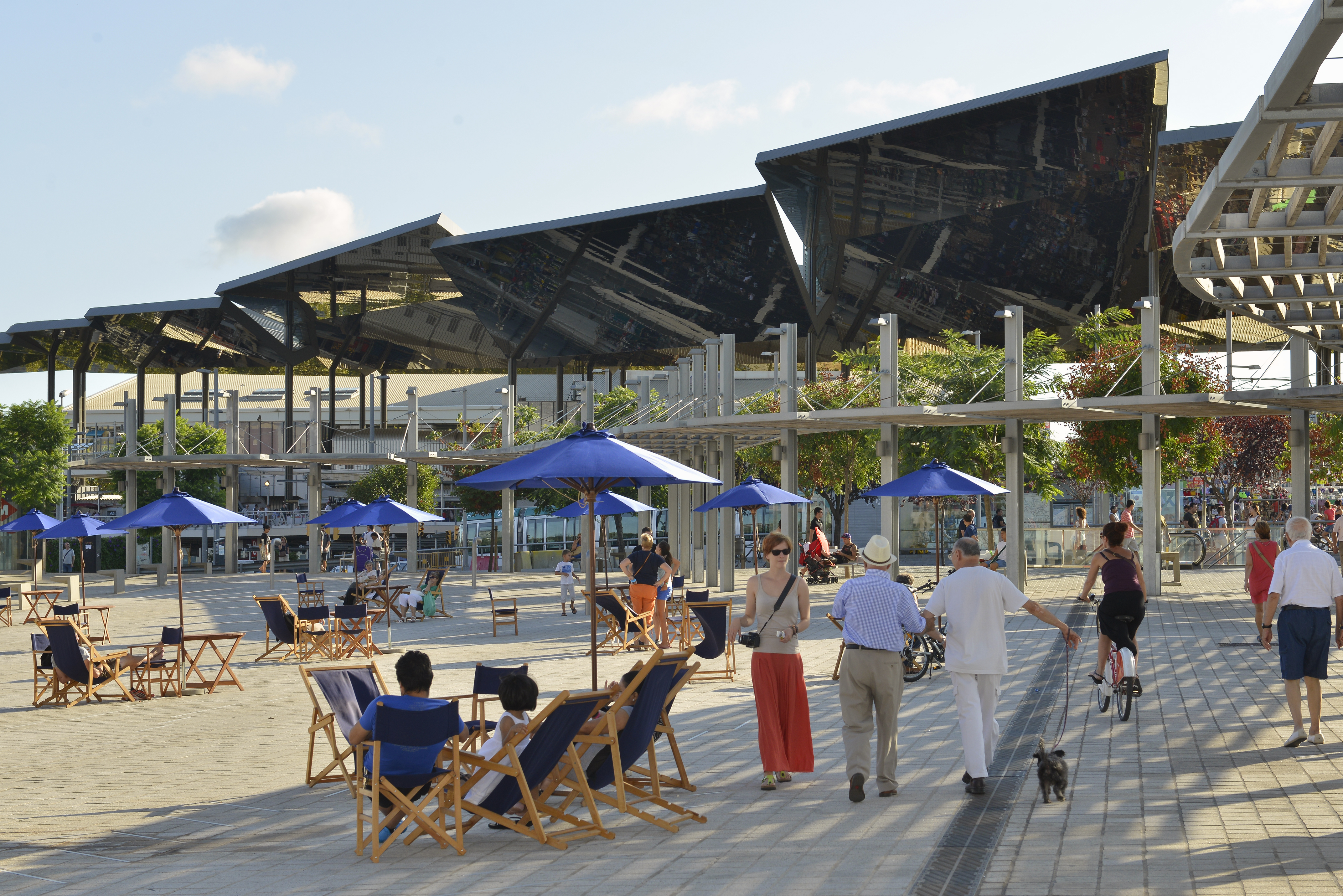Measures to combat the heat
Preparing the city and making it more resilient in the face of rising global temperature is a line of action included in the Climate Emergency Action Plan.
The average annual temperature in Barcelona has risen at a rate of +0.08º C/decade since 1780, that is, an overall increase of 1.8º C, and some forecasts suggest that if the current rate of emissions continues, the average temperature on the planet could rise by more than 3 degrees by the end of this century.
For this reason, Barcelona City Council has been working for some time on different measures to tackle high temperatures, especially with programmes for the most vulnerable groups, such as the elderly, infants, people with chronic conditions or people with functional diversity with limited mobility and self-care.
Measures for tackling temperatures
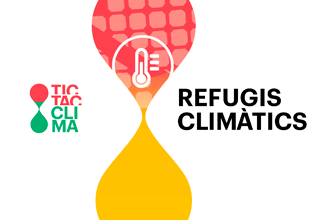
Climate shelters
These spaces ensure thermal comfort for the population while maintaining other uses and functions. They can be indoor and/or outdoor spaces (indoor spaces are activated year-round to deal with both heat and cold). They are especially aimed at people vulnerable to heat and cold (infants, those over 75, chronically ill people and people with fewer resources, etc.). They must be easily accessible, provide comfortable rest areas (chairs or benches), offer free water, and be safe. All the spaces are free of charge.

Drinking fountains
Barcelona has more than 1,700 drinking fountains that offer pedestrians water. All these fountains have a common feature - a tap to drink from, regardless of their shape or material.
All the city's fountains are geolocated in the Fonts BCN app. The map allows you to find the fountains near you. The unique fountains appear with a blue icon instead of the black icon for the others and allow you to view the tab with all the information on them.
The Fonts BCN app can be downloaded free of charge on any mobile device with an Android or iOS operating system, and all the information can be consulted on the municipal website.
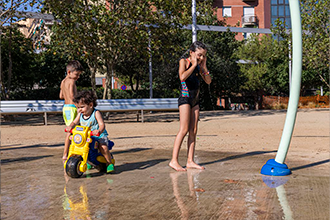
Ornamental fountains and new water features
Ornamental fountains are one of urban solutions that bring beauty, wealth and vitality to the surroundings. Barcelona has 319 ornamental fountains that decorate avenues, streets and parks while cooling the area around them.
Water features are spaces for cooling off that use potable water that is not recirculate but uses low-consumption solutions. They do not use ground sprayers or elements that can accumulate water or serve as animal drinking troughs. They are equipped with accessible, non-slip, zero-depth pavement and can be removed outside the summertime (from late June to early September). Currently, there are 3 existing cooling spaces, 6 more in the final project stage and 3 proposals in preliminary project design.
These spaces cannot be activated during certain drought episodes.

Activation of the heat emergency plan
This plan is activated during the preventive phase of the PLA CALOR procedure, which runs from 15 June to 15 September, with various levels up to the alert phase in case the forecasted temperatures rise above certain levels: Low-threshold Weather Hazard Situation (SMP) (intense heat and intense night heat) and high-threshold Weather Hazard Situation (SMP) (very intense heat and very intense night heat).

Care services for the elderly boosted
In addition to the communication campaign, services for the elderly are being boosted through the following actions:
- Telecare: a phone call campaign with basic guidelines for active users, mass messages or information on the procedures to access this service in order to increase the number of users.
- Housing with services and supervised apartments: an informative campaign with posters and individual interventions. The communal areas are adapted as shelters with air conditioning and remain open day and night.
- Elderly residences: increased hydration efforts and shelter areas with appropriate temperatures.
- Home Care Service: an informative awareness-raising campaign for users. Informative leaflets are also distributed.
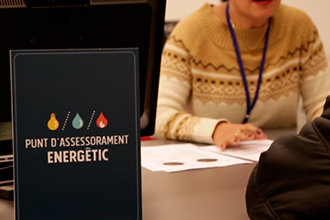
Reinforcement of Energy Advice Points (EAPs) for heat-related issues
Barcelona has Energy Advice Points (EAPs) distributed throughout all its districts, where people are given information on how to lower bills and improve their homes' energy efficiency. Information is also provided on the aid available for this purpose and on how to incorporate solar energy installations in buildings. In some cases, interventions are carried out to prevent essential services from being cut off.
Training has been developed to strengthen the PAEs so that they can offer more information and advice to users on these issues related to climate change:
- Productive rooftops (green, agricultural, water tanks and energy rooftops).
- Home renovation (energy efficiency).
- Prevention of heat-related health risks.
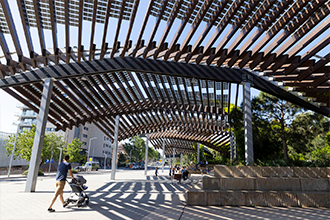
Shaded areas
Work is currently underway on a shading plan to increase shaded areas in public spaces. The priority option is planting trees to provide shade, evapotranspiration and other social and environmental benefits. When this option is not possible, it is determined whether permanent shading needs to be installed, and if so productive pergolas are chosen. Finally, for the other spaces where only seasonal shading is needed or where neither of the two previous options is possible, work is being done to seek temporary solutions that create temporary shade.
You can see the city's photovoltaic pergolas here.
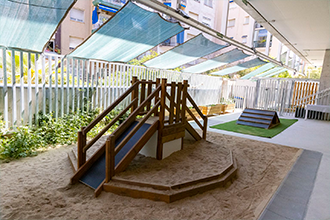
Bressols pel Clima [Nursery Schools for the Climate]
This is a roadmap for the 103 municipal nursery schools, outlining 47 actions addressing the climate emergency for young children: green and open yards, energy transition, thermal comfort and climate shelters, waste, food and education and awareness.
Some actions included within this plan are climate assessments of playgrounds, including some playgrounds in the climate shelter network, the greening of 25 EBM and the promotion of clothing exchange markets at the EBM

Training for the Care Sector
The Office of Climate Change and Sustainability offers professionals in the care sector specific training on energy poverty and climate resilience.
This training aims to promote the knowledge and skills to identify hidden situations of energy poverty and inadequate thermal comfort in the homes of dependent people. In this way, caregivers and home care professionals can act directly or refer the people they care for to services like the Energy Advisory Points (PAEs).
There is also a facilitation guide aimed at caregiver organisations so they can replicate the training with their teams of professionals and volunteers. In addition, three videos summarising the key ideas from the training content have been produced, aimed at both caregivers and care receivers:
Video 1: How to identify energy poverty and its impacts.
Video 3: The impacts of heat on health and how to prevent the risks


